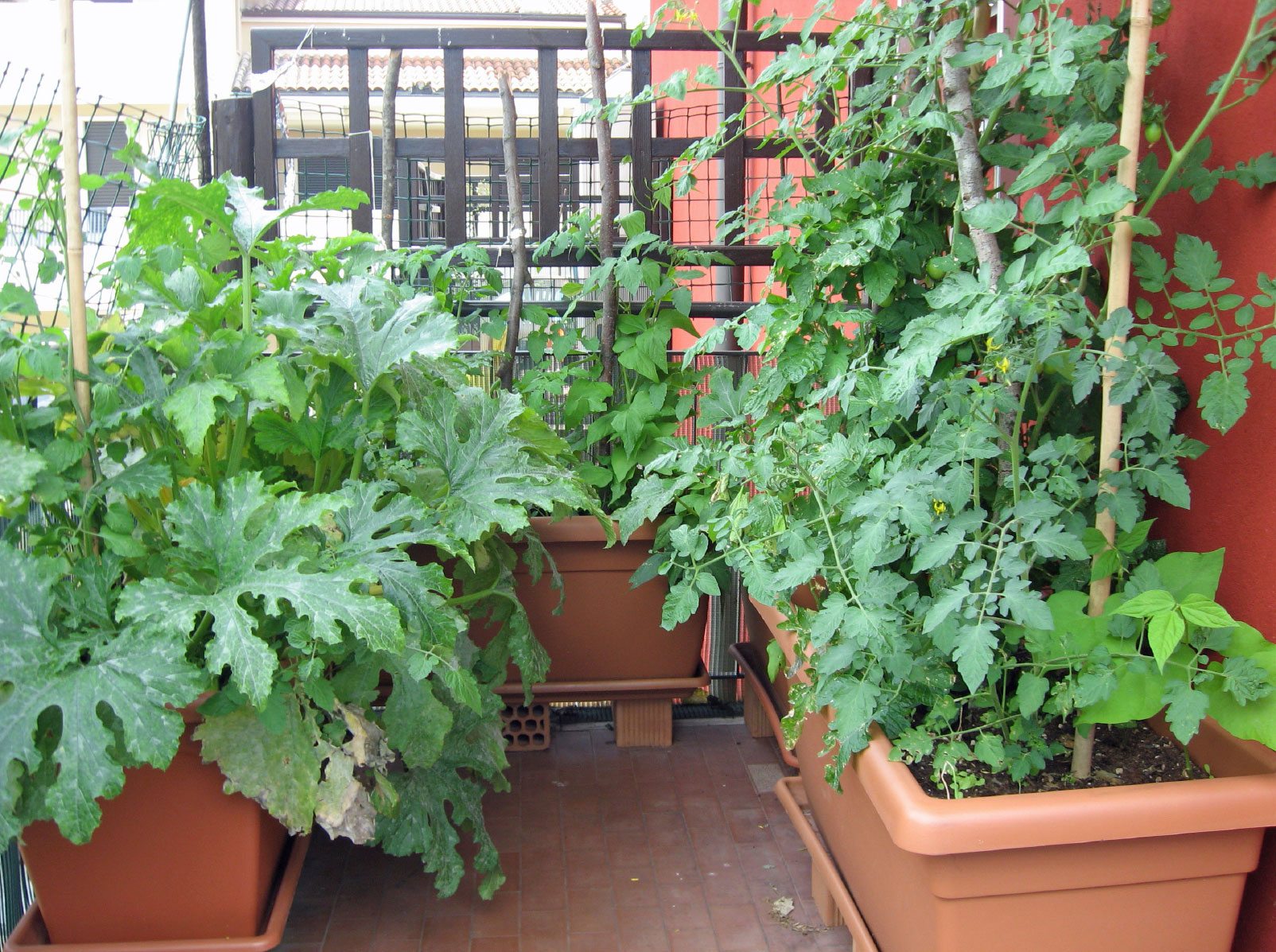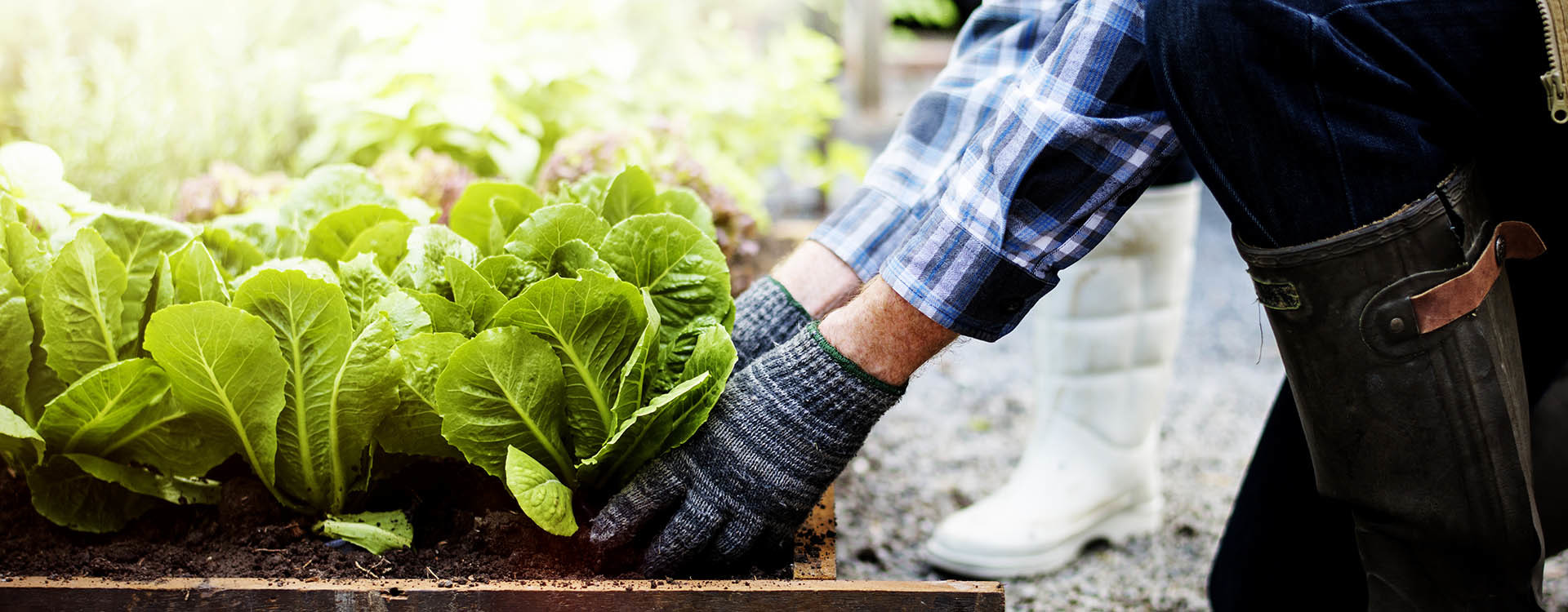The 8-Minute Rule for City Blooming
The 8-Minute Rule for City Blooming
Blog Article
The Ultimate Guide To City Blooming
Table of ContentsCity Blooming for DummiesThe smart Trick of City Blooming That Nobody is DiscussingThe 9-Second Trick For City BloomingThe 5-Minute Rule for City BloomingAll About City Blooming
Interested in expanding food for sale in the City of Chicago? Below is a checklist of frequently asked inquiries pertaining to the guidelines and regulations that cultivators ought to think about when preparing an urban farming job.
The zoning modification does not modify any other codes handling composting, structure permits, acquiring or leasing City had home, company licenses or environmental contamination. There are existing codes that control these problems and they remain completely impact and may apply to your project. Area yards are generally possessed or taken care of by public entities, public organizations or community-based organizations and maintained by volunteers.
Urban farms grow food that is meant to be sold, either on a nonprofit or for-profit basis. Because of their commercial purpose, urban ranches require a business permit. Yes. A community garden is permitted to market surplus produce that was grown on site if the sales are accessory or subservient to the garden's key purpose defined over.
Rumored Buzz on City Blooming
Composting is enabled however just for plant material that is produced and made use of on site. The amount of garden compost product can not exceed 25 cubic yards at any provided time according to the requirements in 7-28-715 of the City's Municipal Code. Yes. Due to the fact that the soil at most new garden sites requires changing, compost, soil, timber chips, or other materials can be obtained to build or enhance the expanding room - City gardening.

If a structure authorization is required then the hoophouse will be taken into consideration an accessory structure. You can figure out even more concerning the structure authorization requirements by calling the Department of Buildings. The 25,000-square-foot dimension restriction is intended to avoid a single neighborhood garden from dominating a provided block or interfering with the block's existing household or commercial personality.
The limit does not use to gardens found in Public Open Area (POS) areas. Can there be even more than one community garden that is 25,000 square feet on a single block? Fence is not called for, however, yards that have big car parking areas might be required to mount secure fencing or other landscaping features.
Fascination About City Blooming
B1 & B2 areas require that all business use tasks be performed inside your home. R areas limit industrial activity. The regulations reflect the purpose and intent of the Zoning Code. Is fence needed for urban farms? Yes. Fencings may be needed, together with landscape design and testing, for certain parking lot and outside work or storage areas depending upon place and the specific activity taking place.
Urban ranches need structure authorizations and zoning authorizations prior to construction (eco-friendly practices). Other forms of city evaluation may be required depending on specific frameworks, activities, size, landscaping, licensing, public health and stormwater administration concerns.
The Department of Service Matters and Customer Security can aid figure out the details type of business certificate that's called for. Off street auto parking is needed for a lot of business jobs in Chicago. The called for number of car parking rooms is based on the number of staff members working on site and not the square video footage of the expanding room.
What Does City Blooming Do?

Yes. An urban ranch can market compost material generated on site, however, the procedure needs to follow the laws in 7-28-715 of the Chicago Municipal Code. Yes. Aquaponic systems are enabled indoors on urban ranches in many zoning districts. A zoning review and structure permit is needed in order to set up structures or systems and a service license is required as explained above.
As much as 5 hives or colonies of honey might be maintained as an accessory use. Beekeepers have to register with the Illinois Department of Farming. For even more details Go Here regarding the recommended zoning amendment you might get in touch with the Department of Housing and Economic Advancement, Bureau of Preparation and Zoning at 312.744.8563.
Farming in cities and metropolitan areas A metropolitan ranch in Chicago. Urban farming describes different techniques of cultivating. https://www.brownbook.net/business/52834376/city-blooming/, processing, and dispersing food in city areas. The term also uses to the location tasks of animal husbandry, aquaculture, beekeeping, and gardening in a city context. Urban farming is differentiated from peri-urban farming, which occurs in backwoods beside suburbs.
The Only Guide for City Blooming
It can entail an activity of natural growers, "foodies" and "locavores", that seek to develop socials media founded on a shared values of nature and community holism. These networks can establish using official institutional support, becoming incorporated into neighborhood town planning as a "shift community" movement for sustainable metropolitan growth.
The much more direct accessibility to fresh vegetable, fruit, and meat products that may be know through city farming can improve food safety and security and food security while reducing food miles, resulting in lower greenhouse gas exhausts, consequently adding to environment adjustment reduction. Some of the first proof of urban farming comes from Mesopotamia.
Report this page